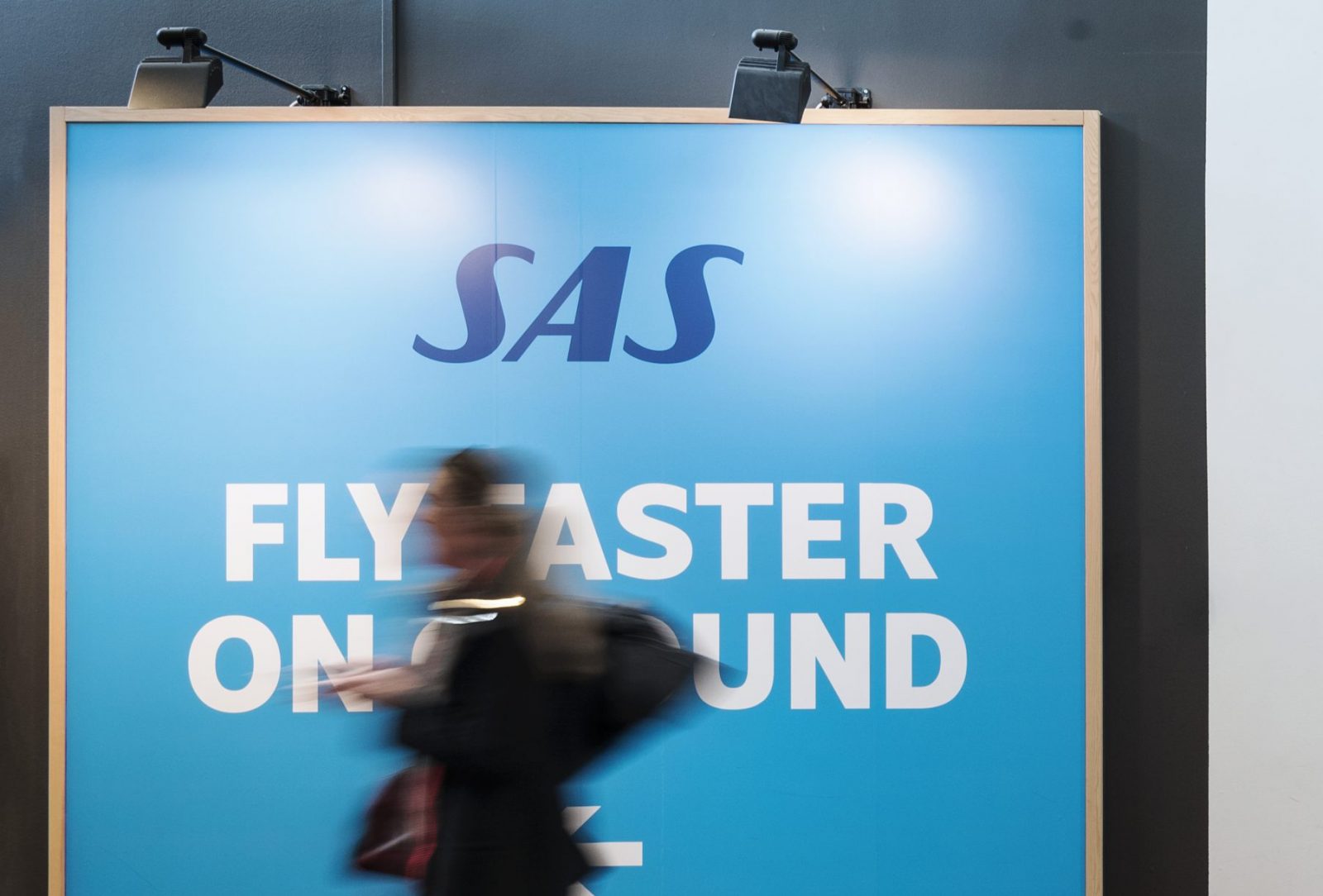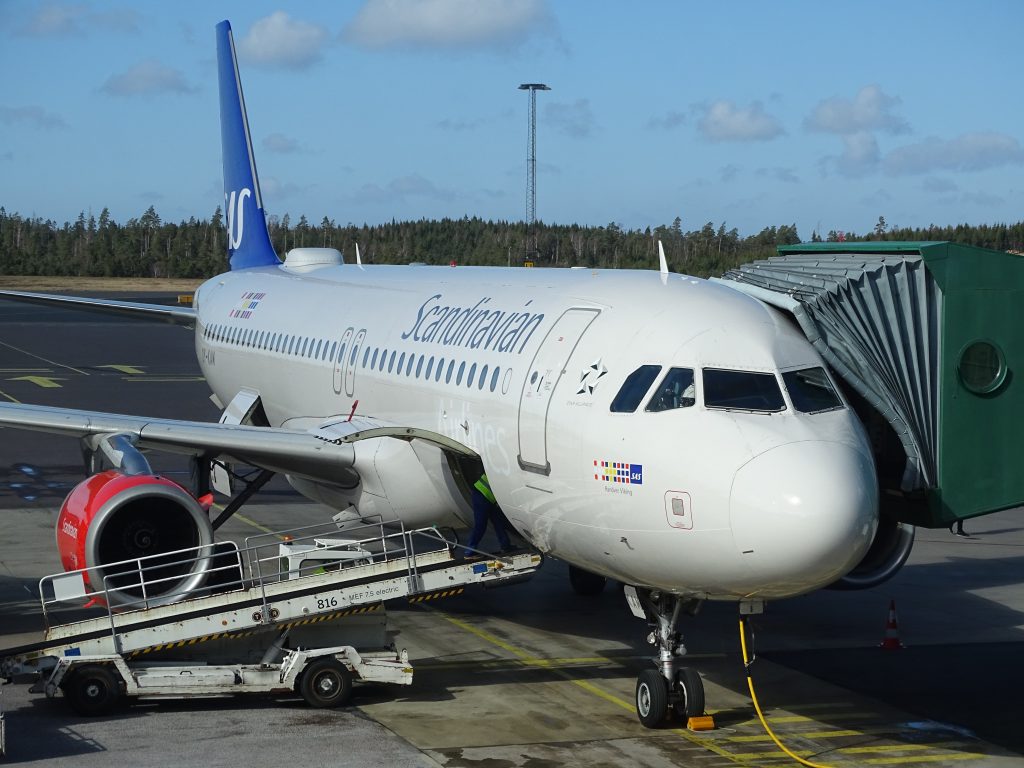
The Scandinavian airline SAS today said it would need an additional SEK 12.5 billion (USD $1.3 billion) in funding alongside deep cost-cutting measures in order to survive the Corona crisis. Both the Swedish and Danish governments have pledged financial support for the struggling carrier as it seeks to push through its recapitalization plan.
The Swedish government is seeking approval from the country’s parliament to inject 5 billion crowns into the airline, while Denmark said it supports the recapitalization plan. Lawmakers in Copenhagen have not indicated how much Denmark might offer SAS but said any taxpayer-funded bailout would have to be “matched by a fair share of ownership”

“Despite countries starting to re-open their borders, the recovery phase for the airline industry and SAS will most likely go well into 2022 before reaching levels like the demand ahead of the COVID-19 outbreak,” a spokesperson for the airline explained on Monday.
SAS is planning to axe 5,000 jobs – slashing its workforce by nearly half in an attempt to weather the COVID-19 storm. Those who remain will face “productivity improvements” of between 15 – 25 per cent in collective bargaining agreements. Negotiations will trade unions continue on the details of these cost-cutting measures.
In May, passenger numbers fell by around 94 per cent compared to the same month in 2019. The airline’s entire fleet remained almost grounded for two months although SAS has now started to resume service to more destinations and has reinstated 30 aircraft into service.
A spokesperson for the airline said it welcomed the financial support offered by the Swedish government.
“SAS also continues its efforts to secure support from the Norwegian government. The ambition is to announce further details before the end of June,” a spokesperson explained.
Related
Mateusz Maszczynski honed his skills as an international flight attendant at the most prominent airline in the Middle East and has been flying ever since... most recently for a well known European airline. Matt is passionate about the aviation industry and has become an expert in passenger experience and human-centric stories. Always keeping an ear close to the ground, Matt's industry insights, analysis and news coverage is frequently relied upon by some of the biggest names in journalism.







